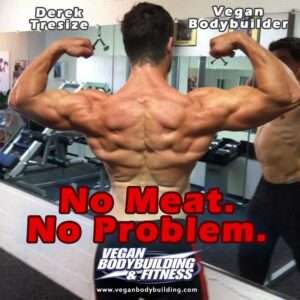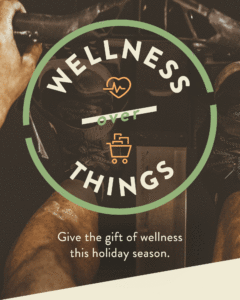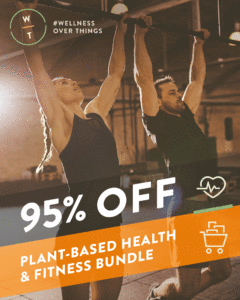
I’ll admit it, I’m being completely self-serving with this post by using it to hold myself accountable as I move into my offseason. But hey, if you want to force yourself to do something, putting it in writing and showing it to lots of people is a great trick! Hopefully this information will help other competitor’s out there reading this, and perhaps (hopefully) it will provide an interesting read for the rest of you as well!
Here’s an excerpt from our book covering the first steps you should be taking after finishing a contest:
“As we now know, setting specific, objective goals and regularly assessing your progress is essential for success in this sport. Now that you’ve completed a contest you have an essential new tool in your arsenal, experience, that will greatly aid you in future planning as you reflect on your experiences of each phase of the process to decide what could be improved. Here are some questions you can ask yourself that will help you shape your goals for your next contest:
- What did the judges label as your strengths and weaknesses? In most competitions, the judges will provide you with a scorecard or verbal feedback, as mentioned previously, and it is definitely in your best interest to take advantage of this!
- How was your posing? Posing is so incredibly important, and is always a great aspect of your training to target for extra work because everyone can improve here. Take some time to go through contest photos or videos, or your latest assessment photos and videos, and analyze your best and worst poses…then commit to making them all your best.
- How was your conditioning? Did you take the stage full, shredded, and vascular or were you still looking soft in places? Maybe you were very lean, but you looked flat and stringy. Make careful, objective notes.
- How was your overall shape and symmetry? Seeing pictures of yourself next to other competitors is one of the best ways to determine your proportions and your strengths and weaknesses. Were your shoulders too narrow? Were your thighs to small? For example, after my first contest the judges gave me feedback that I needed more muscle size overall, but especially in my arms and legs. I factored that into my program design, and within a year I was able to improve them enough to place first. Find your weak points, then plan your off-season around improving them.
- Were you big enough? This question applies mostly to male and female bodybuilders. How was your level of muscularity compared to the competition? Do you need to maintain your current level of muscularity and improve your posing and conditioning or could you honestly stand to gain 10 to 15 pounds of muscle to be more competitive? Take notes and plan accordingly.
Now is also an excellent time to review your notes from your off-season, pre-contest, and peak week phases. Go over them while your contest is fresh in your mind and make notes on what worked well and what needs to change. Once you have addressed these questions you should be forming some very clear goals for each phase of your next competition. Write them down and, where applicable, break them down into incremental two to four week goals (for example, add ¼ inch to thighs or gain two lean pounds). Regularly assess your progress to stay on track and change direction with your diet and training as needed.”
From my contest season this year, here are my answers to these questions:
- What did the judges label as your strengths and weaknesses? Based on the judges feedback, my strength this year was stage presence and posing, and my weaknesses were my V-taper and my conditioning. This means I need to focus on bringing up my shoulders and lats especially this offseason to make a better V silhouette, and I need to look and my dieting and peak week protocol to see what changes I can make to come in even leaner.
- How was your posing? For Classic Physique my posing was listed as a strength, but for the Men’s Physique classes I competed in I can see that my posing needs improvement. The category has changed a lot in the last two years, and my posing needs to be updated to the new standards.
- How was your conditioning? For my first contest this season I was happy with my conditioning, for my second I came in too soft, and I really feel like I nailed my third show. The primary change I made was to my Peak Week protocol, where I found that adding in a smaller carb load later in the week (Thursday instead of Monday) seemed to help a lot. This highlights the importance of experience and trail & error. Even after years of competing I’m still learning! Aside from Peaking, I will just need to push my dieting and cardio a little harder next time, especially for Classic Physique. I held back a little this year because I had contests that were so widely spaced, so I will be more aggressive next go-round.
- How was your overall shape and symmetry? Were you big enough? I’m combining the last two points because I feel they’ve got similar answers. As I mentioned above, I need to get broader to improve my symmetry, and especially for Classic Physique I need to get all-over bigger. I’d love to be onstage above 190 lbs rather than the low 180’s, so there’s lots of work to do!
In reviewing my notes I can say without a doubt that my offseason this year needs to be more focused on size and strength, whereas last year I was forced to spend a lot of time and energy on rehab and training around injuries. My diet was very successful in getting lean while preserving or even gaining a little muscle and strength, but I’ll need to push harder to get as lean as I need to be. As I mentioned for Peak Week, I need to work on perfecting my carb load, which I found works a lot better around Thursday rather than on Monday (probably because my diet has plenty of carbs even at its most restrictive, making a big reload unnecessary).
In addition to all that, I have several other specific goals for this season, mostly focused on improving in my new favorite category: Classic Physique.
- This is actually my Priority #1 – I’m going to a Sports Medicine doctor to get rid of my nagging issues! I started this season with a year+ long hamstring strain >_< , as well as a sprained right wrist and right shoulder impingement. During the season, I got rid of the bad wrist and shoulder and traded them for plantar fascitis and a pinchy left shoulder, so I have work to do. I hope to get pain-free enough to get record-breaking strong on the big three lifts (squat, bench press and deadlift), or at least be able to train them fairly heavy, and safely, ASAP.
- I want to get good at the vacuum pose, which I basically can’t do now. This pose really helps you stand out in Classic because a lot of the Golden-Era greats would nail it, and so do the top Classic guys now. Check fellow vegan Physique Pro Oliver Hubbard showing me up with his vacuum backstage in NY!
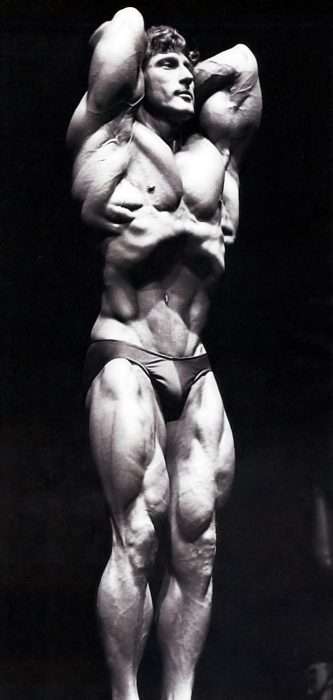
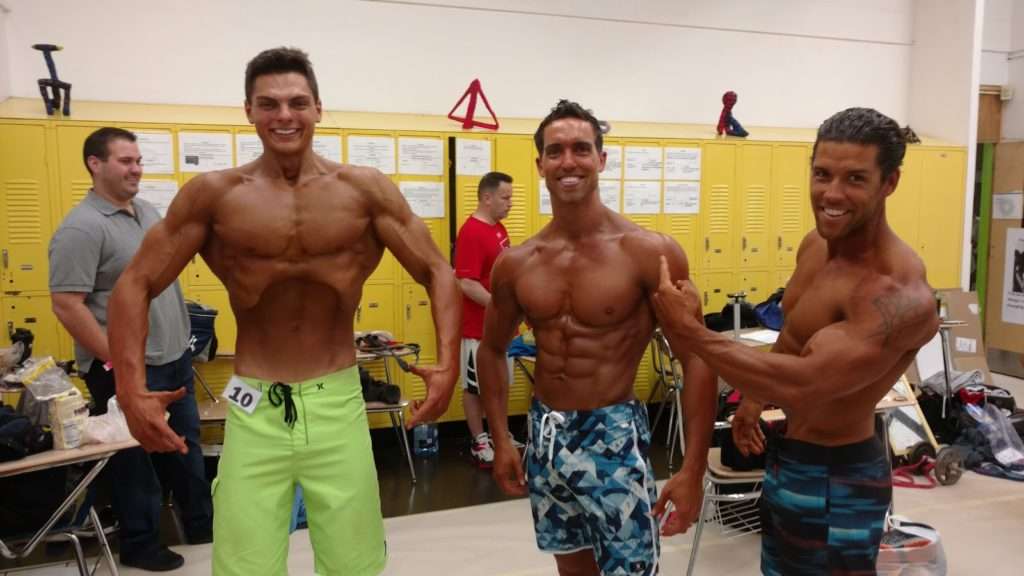
- I want to improve my balance and agility for more epic Classic posing routines. I’m considering either adult Gymnastics classes or Capoeira classes to improve my grace, agility and flexibility, and because they both sound like a lot of fun! (This is contingent on fully recovering my hamstring though) #VarietyIsTheSpiceOfLife #LifelongStudent
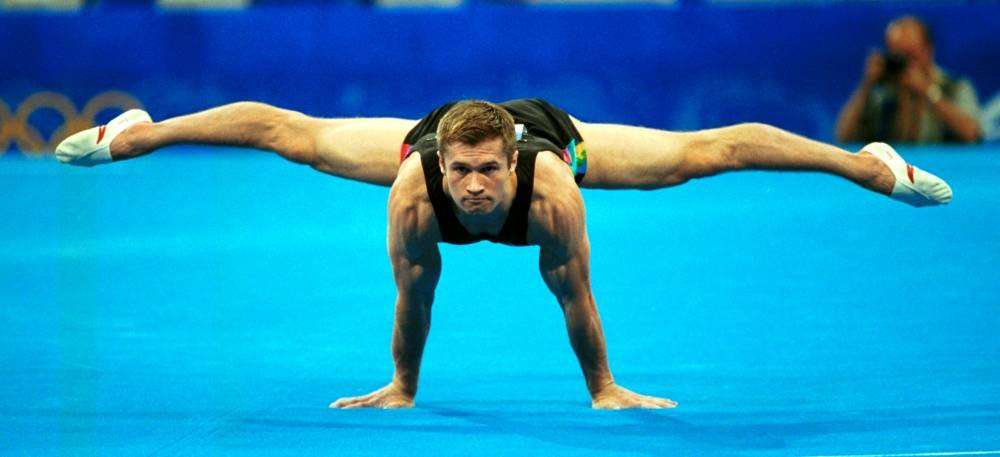
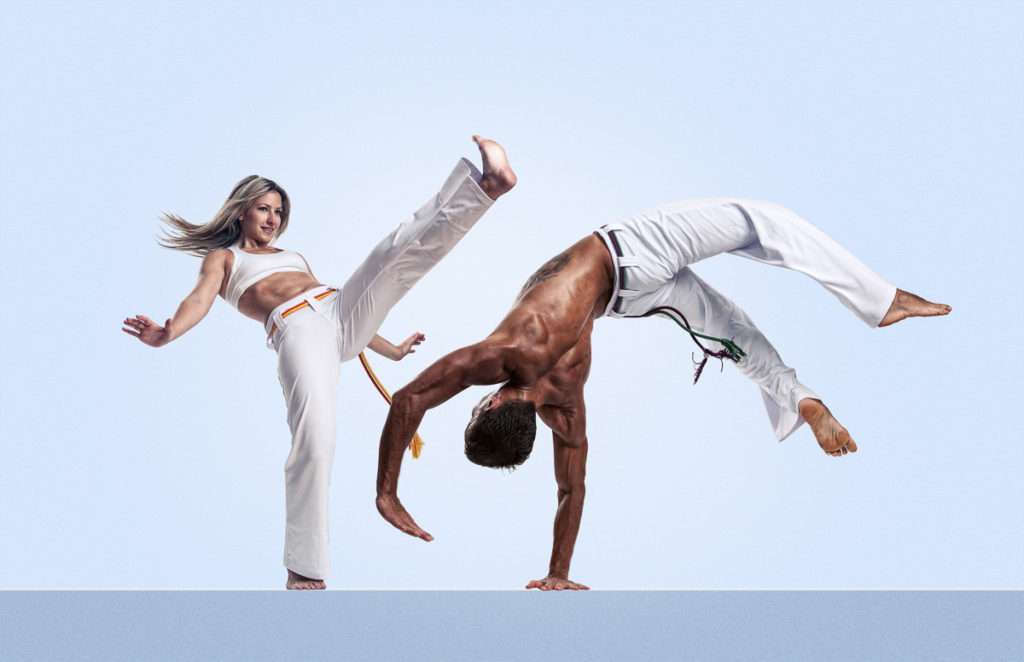
There are a lot of other things on our plate so I have no shortage of ‘other things’ I’d love to get done in 2018 (some of which I’ll be discussing in future posts), but for this competition off season the above is more than enough! Now all that remain is picking my target show next year, subtracting the time I’ll take to diet down (I’m thinking 20-ish weeks), then giving myself a timeframe to hit these off season #goals! If you’re just coming out of your competition season or if you’re curious about competing I hope this glimpse of the process is helpful, and if not then I hope it wasn’t too boring!

